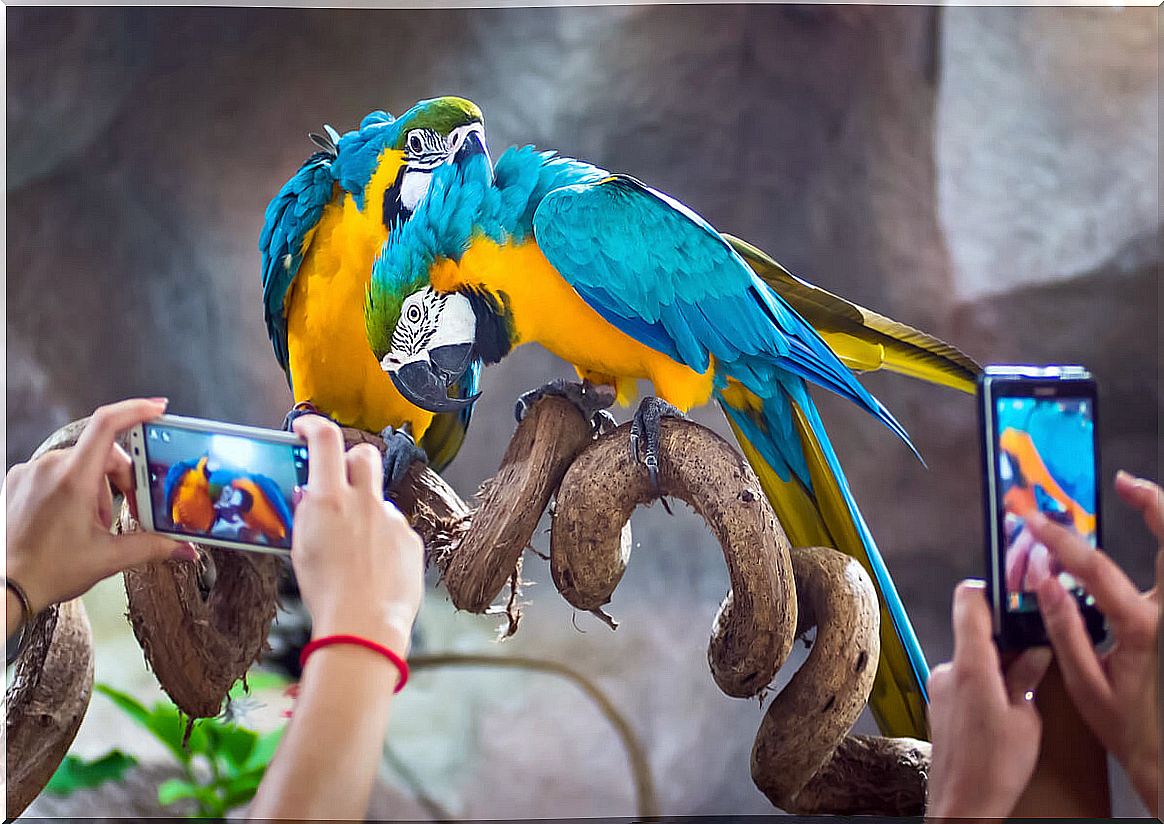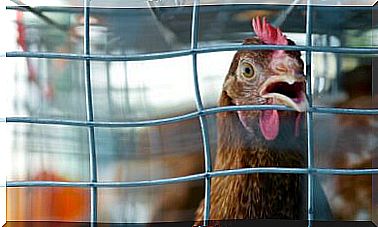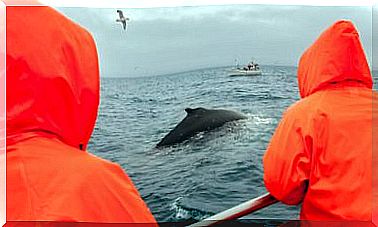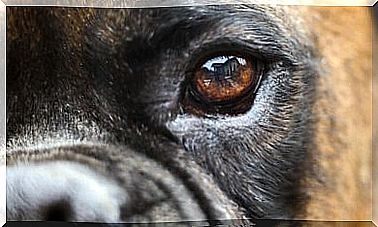Photos With Wild Animals: What Is Legal And What Is Not?

Photos with wild animals constitute, in the vast majority of cases, a violation of the rights of said animals. The reason? The mistreatment they receive by those who poach them to get the most out of them and then, in their adulthood, get rid of them through animal trafficking, sacrifice or abandonment.
Is it legal to take photos with wild animals? Until now, there are no laws that prohibit it, but this type of act only increases a practice that should not be morally accepted.
Is it legal to take photos with wild animals?
An increasingly common practice is taking photos with wild animals. The possibility of having a good camera on mobile devices and the use of social networks such as Instagram has made this type of selfies or photographs increase. As a consequence, mistreatment of animals is still being indirectly promoted.
The reasons behind why these types of photographs should not be accepted are many. In the end, it all comes down to mistreating various species of animals, even those that are in danger of extinction.
People, with a natural curiosity, tend to take photos with these animals, unaware of the entire process of abuse they have gone through and thus contributing to the proliferation of this practice.

The most photographed wild animals
Generally, these types of photographs occur with young cats, crocodiles, raccoons, dolphins, snakes, parrots or primates among many others. These defenseless animals are snatched from their mothers when they are just a few weeks old, thus preventing them from developing correctly both physically and with basic survival instincts.
The most usual thing is that these baby animals pass from hand to hand, always leading to the person who uses them so that unsuspecting tourists pay to take a picture with them. In the hours of rest they are usually locked in cages, which generally do not meet the minimum requirements of hygiene and size.
In addition to the above, these pups do not receive adequate nutrition, as well as the necessary veterinary care. When they grow up and become dangerous due to their natural aggressiveness, they are trafficked for fur sales, abandoned or simply slaughtered. The cycle then repeats itself.
The legality of photographs with animals
There is currently no law that prohibits taking a photograph with wild animals. This idea, in addition to endangering the person, encourages animal traffickers to continue with this criminal activity.
While the authorities are expected to pass more severe laws against this type of behavior, it is up to tourists to put a stop to activities that violate animal rights. Not being tempted by the likes of social networks and by curiosity is the beginning of a change in collective consciousness.
The most vulnerable species
The above described should not be accepted under any circumstances, but even less if it is an endangered species. Thanks to social networks, it is possible to keep track of which are the species of animals that are most used to take photographs. Also the countries where this type of business is more common.
According to World Animal Protection, the wild animals most photographed by tourists from around the world are: elephants, lions, koalas, tigers, turtles, monkeys, sloths and dolphins. On the other hand, the countries in which these photographs occur the most are: Australia, the United States, Thailand, the United Kingdom, Indonesia, Canada, India and Brazil.

Raising awareness is the first step to significantly reduce this type of business. That is, the fewer people pay for these types of photos, the less interest there will be in subjecting the animals to this type of abuse.
The most severe laws and punishments must also be applied. Animals also have rights and deserve to be treated with respect for them and their natural habitat.









